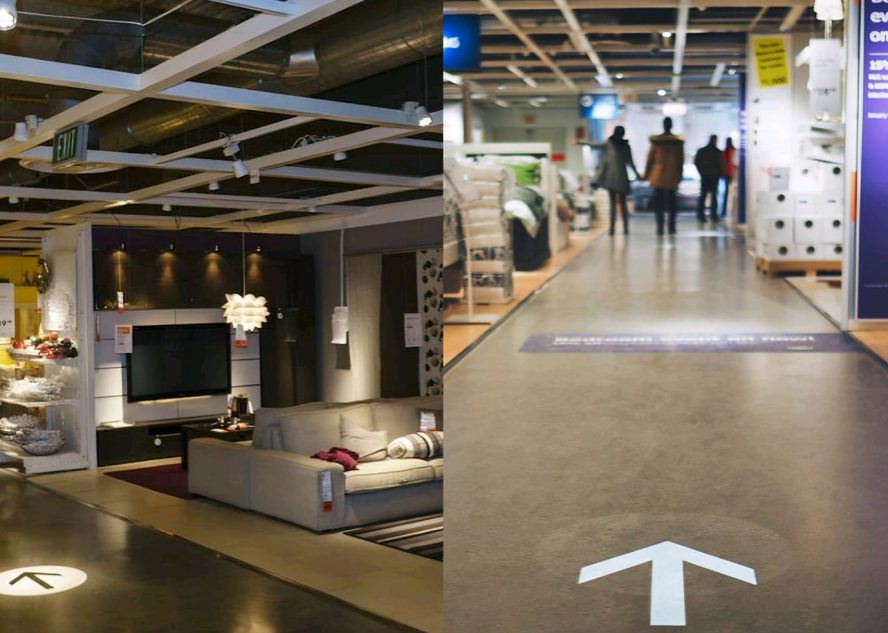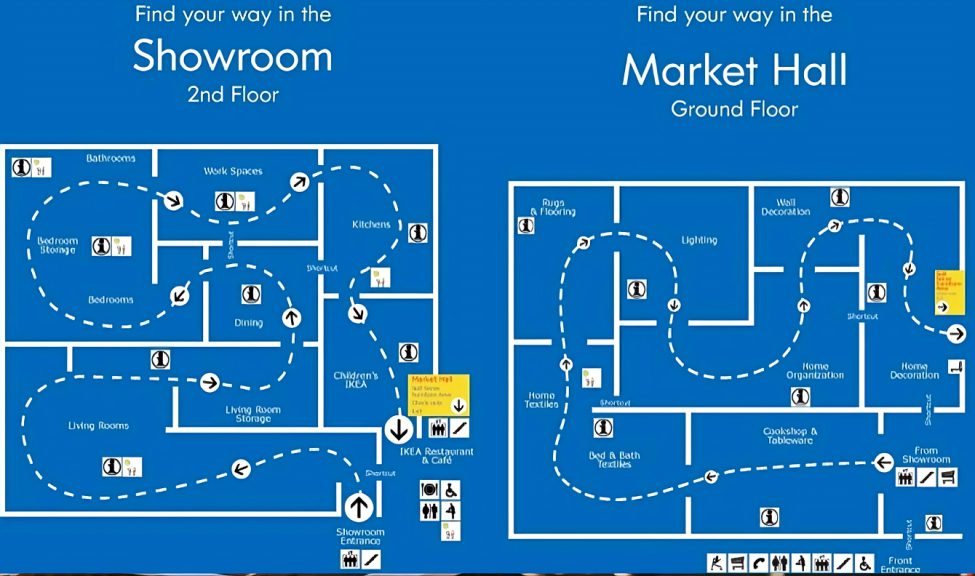Introduction: The Ikea Effect
Imagine spending hours assembling furniture from a popular Swedish home goods retailer. As you put together each piece, frustration and triumph mingle to create a unique bond with your creation. This emotional connection you feel with your furniture is no accident. It’s a psychological phenomenon known as the “Ikea Effect,” a powerful tool that Ikea cleverly exploits to sell their products. In this article, we will dive deep into the Ikea Effect and explore how Ikea uses this psychology hack to captivate and entice customers.
The Science Behind the Ikea Effect
The Ikea Effect is a cognitive bias that suggests people attribute more value to products they have had a hand in creating. Coined by researchers Michael I. Norton, Daniel Mochon, and Dan Ariely in 2011, this phenomenon taps into our inherent need for autonomy, competence, and ownership. By assembling Ikea furniture, customers fulfill these needs, leading to a surge of emotional attachment and perceived value.
Autonomy: Building a Sense of Control
Autonomy, the need to have a sense of control, is a fundamental aspect of human psychology. Ikea recognizes this and leverages it to their advantage. By allowing customers to choose, design, and assemble their furniture, Ikea appeals to their desire for control. The act of constructing furniture from scratch fulfills this need, making customers feel empowered and in charge of their environment.
Competence: Fueling the Sense of Achievement
The Ikea experience also taps into the need for competence. As customers successfully assemble furniture, they experience a sense of accomplishment and mastery. Whether it’s conquering a challenging step or completing the entire piece, each achievement reinforces their unique competence. The sense of pride and mastery drives the emotional connection and perceived value of the final product.
Ownership: The Bond Between Creator and Creation
When customers actively engage in building their furniture, they develop a sense of ownership over the final product. This emotional bond between the creator and the creation intensifies the perceived value. Assembling the furniture becomes an expression of their identity, a tangible representation of their taste and style.

How Ikea Exploits the Ikea Effect
Now that we understand the psychology behind the Ikea Effect, let’s explore how Ikea strategically exploits it to sell their products.
1. Visually Appealing Displays: the Showroom Experience
Visiting an Ikea store is not just a shopping trip; it’s an experience carefully designed to evoke desire and spark the imagination. As customers walk through the showroom, they encounter meticulously styled rooms that simulate real-life living spaces. These displays help customers envision themselves living in a similar setting, creating an emotional connection with the products. By allowing customers to interact with the furniture in this environment, Ikea increases the likelihood of the Ikea Effect taking hold.
2. Simplified Assembly: Enhancing Perceived Value
Ikea understands that the assembly process can be daunting for some customers. To overcome this barrier, they invest heavily in product design and customer instructions. The iconic, minimalist instruction manuals, accompanied by straightforward, visual illustrations, make the assembly process accessible to a wide range of customers. Simplifying the assembly experience helps customers feel competent, making them more likely to appreciate and value their creations.
3. Social Proof: Community Building
Ikea has fostered a community around their products, providing a platform for individuals to share their Ikea hacks, assembly tips, and creative transformations. By encouraging customers to engage and share their experiences, Ikea taps into the social aspect of the Ikea Effect. When customers share their stories and creations, they reinforce the emotional bond and sense of ownership, further amplifying the perceived value of Ikea products.
“Assembling Ikea furniture creates an emotional connection and sense of accomplishment, making customers value their creations more than if they had bought fully assembled furniture.”

The Design
IKEA has a “democratic design approach”. It reverse engineers a product based on price first. The Scandinavian aesthetic (simple, clean designs) lends itself to furniture that can be “flat-packed” for easy pick-up. Also, self-assembly reduces cost (and price).
- IKEA’s first psychological hack is the business model: selling furniture that requires the effort of self-assembly. A 2011 Harvard study found people assign a higher value to self-assembled goods (willing to pay 63% more vs. pre-assembled). Shocker: it’s named “The IKEA effect”
- Store locations: IKEA stores also require “effort” (and time) to get there, with many of the chain’s 440+ locations outside of big cities and in suburban areas. Once a shopper arrives after a long trek, they’ll be motivated to buy something to not “waste the trip”.
- Store flow: The “effort” continues in the store: first, you walk through IKEA’s “showroom” (including 50+ inspirational settings.) After traveling 1km+, you pick up furniture in the “market hall”. Subconsciously, buying goods is a reward for all the distance you’ve covered.
- Maze-like design: IKEA as a Maze is a popular meme…but also true. Even though there are exits and shortcuts, the store is designed for a shopper to see everything on offer in the showroom. And, again, the “effort” of solving the maze increases the perception of value.
- Guiding arrows: The maze-like design is complemented by floor arrows that guide shoppers. This is another hack: you are handing over your decision-making (where to go) to IKEA. This is psychologically disarming and primes you for a later purchase.
- In-store dining: IKEA’s founder Ingvar Kamprad said “You can’t do business with someone on an empty stomach.” IKEA has cafes where shoppers recharge, talk over potential purchases and crucially stay in the store longer. Insanely, IKEA sells 1B+ meatballs a year.
Conclusion
The Ikea Effect is a powerful psychological tool that Ikea skillfully deploys to sell their products. By tapping into our innate need for control, competence, and ownership, Ikea creates an emotional bond between customers and their creations. Through visually appealing displays, simplified assembly processes, and community-building efforts, Ikea maximizes the impact of the Ikea Effect. So, the next time you find yourself immersed in Allen wrenches and flat-packed furniture, remember that it’s not just the furniture you’re buying; you’re investing in a sense of autonomy, competence, and ownership.
Check more Business case studies





One thought on “What is Ikea Effect: Know the Psychological Hack Ikea Uses”